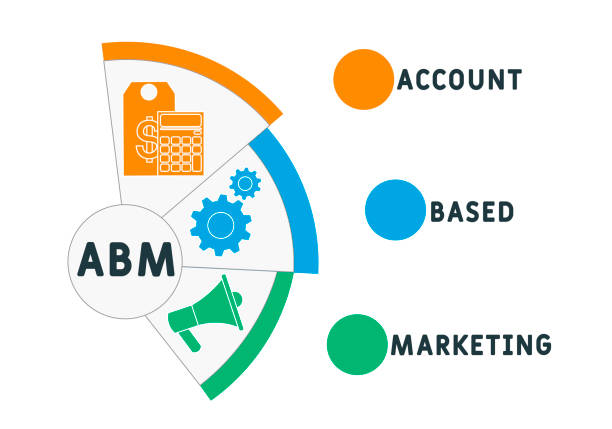
Introduction
Account-Based Marketing (ABM) is a potent strategy for B2B businesses looking to target high-value accounts and foster deeper, more meaningful relationships with key decision-makers. However, successful ABM requires a well-thought-out plan and execution. In this blog, we’ll explore some effective ABM strategies to help you get started and drive remarkable results.
- Identify High-Value Accounts
The foundation of any ABM strategy is identifying the right accounts to target. Collaborate closely with your sales team to pinpoint accounts with the highest potential for revenue generation. Consider factors like company size, industry, revenue, and alignment with your ideal customer profile.
- Create Detailed Buyer Personas
Once you’ve identified your target accounts, it’s essential to understand the key decision-makers within these organizations. Create detailed buyer personas for each role, such as CEOs, CMOs, or IT managers. This will guide you in tailoring your messaging and content to their specific pain points and needs.
- Personalized Content Development
Tailor your content to resonate with each target account and persona. Craft compelling messaging that addresses their unique challenges and demonstrates how your product or service can provide solutions. Personalized content can include customized emails, whitepapers, case studies, and webinars.
- Multi-Channel Engagement
Utilize a mix of channels to engage with your target accounts effectively. This can include email marketing, social media advertising, personalized direct mail, and even in-person events. The key is to create a consistent and coordinated message across all touchpoints.
- Account-Centric Website Experience
Optimize your website to provide an account-centric experience. Create personalized landing pages for each target account that feature tailored content and messaging. This helps in delivering a seamless and highly relevant experience to visitors from your target accounts.
- Lead Scoring and Nurturing
Implement lead scoring to prioritize leads from your target accounts. Focus your efforts on the most engaged and interested prospects. Develop lead nurturing workflows that guide these leads through the buyer’s journey, providing them with valuable information at each stage.
- Sales and Marketing Alignment
Strong alignment between your sales and marketing teams is crucial for ABM success. Regular communication and collaboration ensure that both teams are on the same page regarding account priorities and strategies. Sales feedback also helps in refining your ABM approach.
- Data-Driven Insights
Leverage data analytics and tracking tools to measure the effectiveness of your ABM campaigns. Monitor engagement rates, conversion rates, and the progression of target accounts through the sales funnel. Use these insights to make data-driven adjustments and optimizations.
- Account-Based Advertising
Consider using account-based advertising platforms to further target your chosen accounts. These platforms allow you to deliver ads specifically to individuals within your target accounts, increasing brand visibility and engagement.
- Continuous Optimization
ABM is an iterative process. Continuously analyze your results and optimize your strategies. Experiment with different messaging, channels, and tactics to find what works best for your target accounts.
Conclusion
Account-Based Marketing is a strategic approach that can yield impressive results when executed effectively. By identifying high-value accounts, creating personalized content, and engaging with decision-makers on multiple fronts, you can nurture stronger relationships and drive revenue growth. Remember that ABM is not a one-size-fits-all approach; it requires adaptability and ongoing refinement to stay relevant and successful in the ever-evolving B2B landscape.
